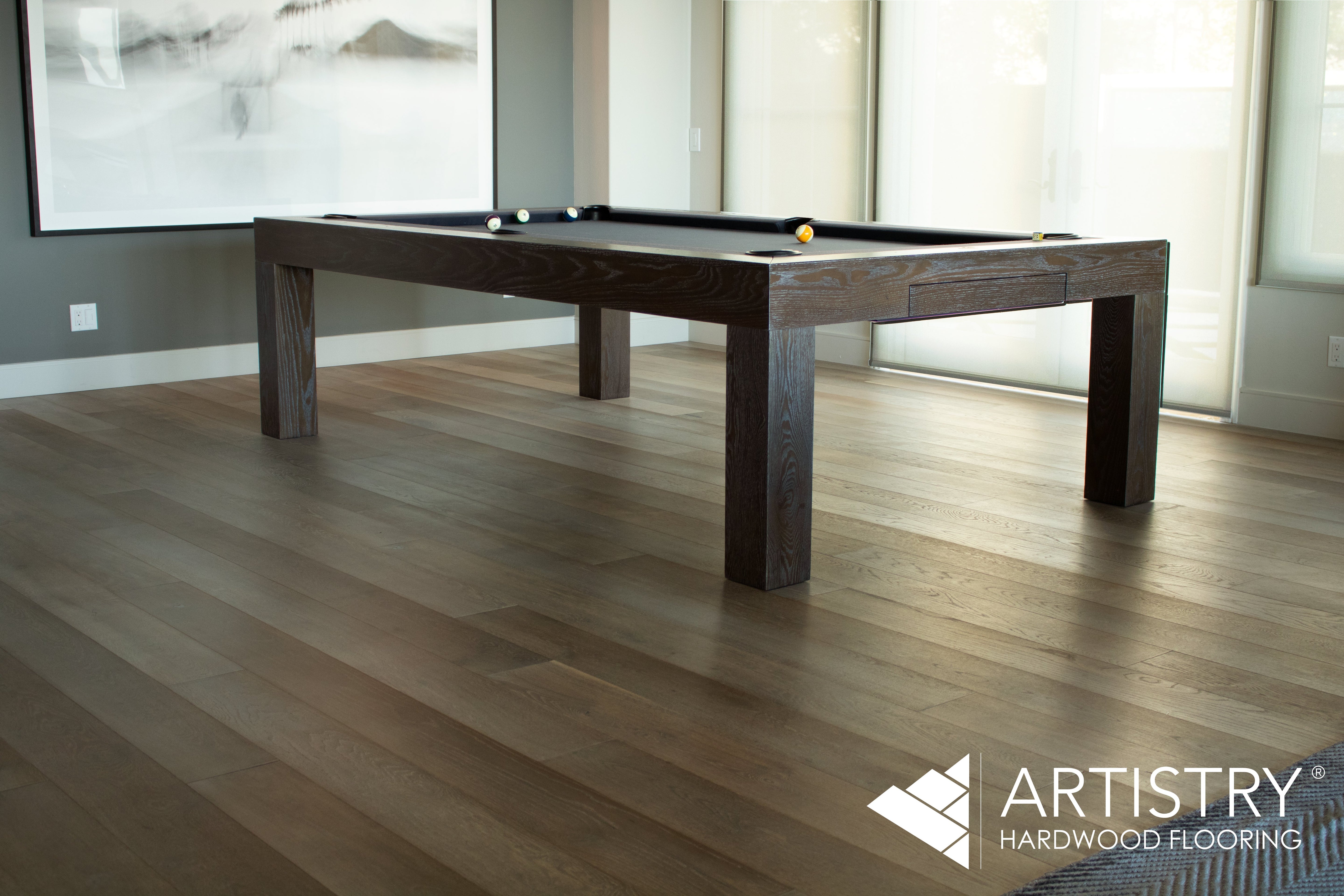
Leveling Costs for Hardwood Floors: Concrete vs. Plywood
Leveling Costs – Concrete vs. Plywood Subfloors
Why Flatness Matters and How It Affects Your Budget
One of the most overlooked — yet most important — aspects of a hardwood floor installation is subfloor leveling. Whether you’re installing over concrete or plywood, the surface beneath your flooring needs to meet flatness tolerances for the installation to be successful and the warranty to remain valid.
At Artistry Hardwood Flooring, our installation guidelines (and industry standards) require a maximum variance of 1/8" over each 10 feet of space. Anything beyond that needs correction before installation begins.
1. Leveling Over Concrete
-
Process: High or low spots are corrected using self-leveling compounds or grinding.
-
Materials: Self-leveling underlayment can be expensive, especially for large areas.
-
Labor Impact: Application requires skilled installers, mixing equipment, and cure time before flooring installation can begin.
-
Cost Range: Higher on average than plywood leveling due to material cost and labor complexity.
2. Leveling Over Plywood
-
Process: High spots can be sanded down; low spots are shimmed, filled with floor patch, or corrected by replacing warped panels.
-
Materials: Plywood adjustments often require less costly materials than concrete leveling.
-
Labor Impact: While still requiring precision, adjustments to plywood are generally faster and less expensive than concrete work.
3. Why It Matters
-
Uneven subfloors can lead to gaps, hollow spots, squeaks, and premature wear.
-
Wide plank hardwood — like our 8", 10" offerings — is especially sensitive to subfloor flatness, making proper leveling essential.
4. Budgeting for Leveling
-
Concrete: Expect higher costs if major corrections are needed, especially in older buildings or basements.
-
Plywood: Lower average cost, but still important to account for time and labor.
We emphasize subfloor preparation because it’s the foundation for a flawless installation. Skipping or skimping on leveling is one of the leading causes of installation failure — and it’s far more costly to fix a problem later than to prepare the subfloor correctly from the start.
Always budget for potential subfloor preparation when quoting a project. A perfectly flat subfloor is just as important as the flooring itself for a luxury hardwood installation.


